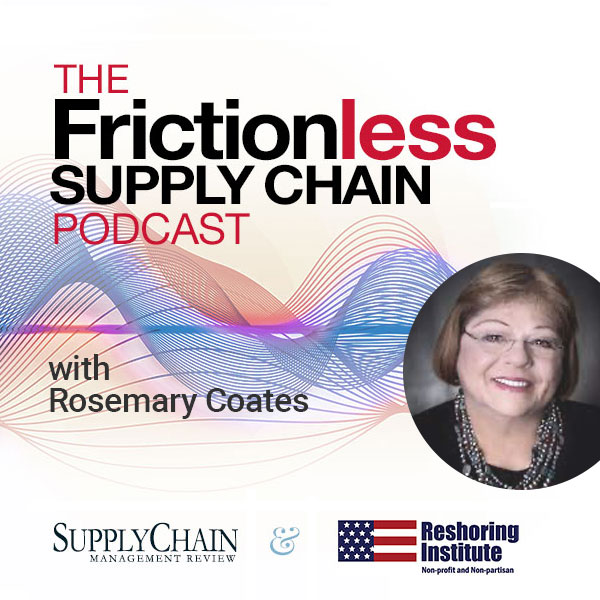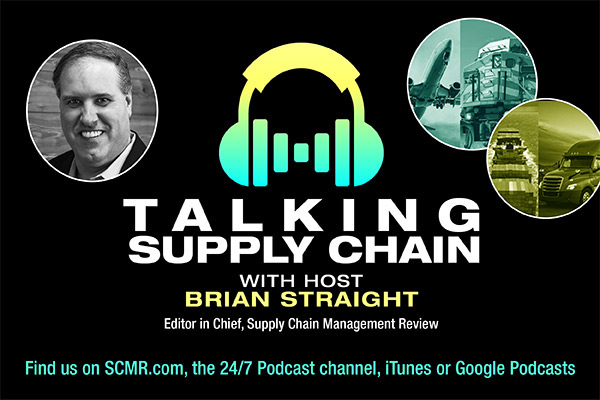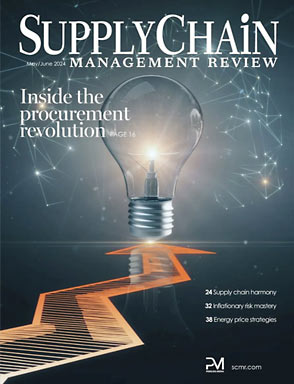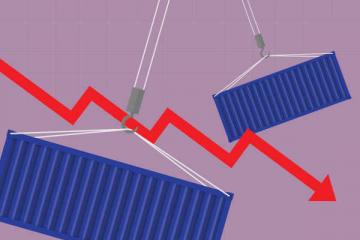Procurement remains a primarily manual process, with eight in 10 requests for proposals still taking place via emails and spreadsheets, according to Globality.
The enterprise artificial intelligence company, said that automating procurement remains the fastest path to reducing costs in the sourcing process.
The results are from a benchmarking study conducted by the company to understand procurement leaders’ and CFOs’ approach to controlling spend. It was conducted in Q4 2022.
“These findings highlight an important lesson that is constantly being ignored – that current procurement processes are archaic and inefficient,” said Joel Hyatt, Globality co-founder, chairman and CEO. “The big legacy software companies have not invested in technological innovation for decades. With the new corporate imperative to cut costs and reduce OPEX, companies must implement proven autonomous technology that saves money on day one.”
The report, 2023 Research Insights for CFOs, found that 82% of procurement leaders acknowledge their indirect spend is not well managed and that cost savings is being left behind as a result.
According to Globality, indirect spend is estimated to equal between 20% and 40% of revenue, and is usually recorded under selling, general and administrative expenses (SG&A) category. For a Global 2000 company, that means it could be spending billions of dollars it otherwise might not have to.
Among the primary challenges identified by survey respondents are a lack of connection across teams and suppliers (96%), processes that are not intuitive (94%), impactful (93%), intelligent (89%), or collaborative (87%).
Nearly three-quarters of CFOs (74%) said their companies do not mandate competitive or transparent sourcing processes.
Special edition. Click to download: Taking procurement into the future
According to respondents, two out of every three procurement leaders believe their teams lack the skill sets to create value from company spend. However, 85% believe business users would comply with procurement processes if their companies offered intuitive, self-serve technology.
These leaders also said that automating the procurement process would make sourcing easier (83%), drive additional efficiencies and cost savings (77%), and improve compliance while mitigating risk (71%).
Respondents to the survey included 354 procurement professionals across multiple industries as well as 100 suppliers.
SC
MR


Latest Supply Chain News
- Planning fatigue may be settling in
- Inflation, economic worries among top supply chain concerns for SMBs
- April Services PMI declines following 15 months of growth, reports ISM
- Attacking stubborn COGS inflation with Digital Design-and-Source-to-Value
- Despite American political environment, global geopolitical risks may be easing
- More News
Latest Podcast

 Explore
Explore
Procurement & Sourcing News
- Planning fatigue may be settling in
- Inflation, economic worries among top supply chain concerns for SMBs
- April Services PMI declines following 15 months of growth, reports ISM
- Despite American political environment, global geopolitical risks may be easing
- April manufacturing output slides after growing in March
- World Trade Centers offers a helping hand to create resilient, interconnected supply chains
- More Procurement & Sourcing
Latest Procurement & Sourcing Resources

Subscribe

Supply Chain Management Review delivers the best industry content.

Editors’ Picks




